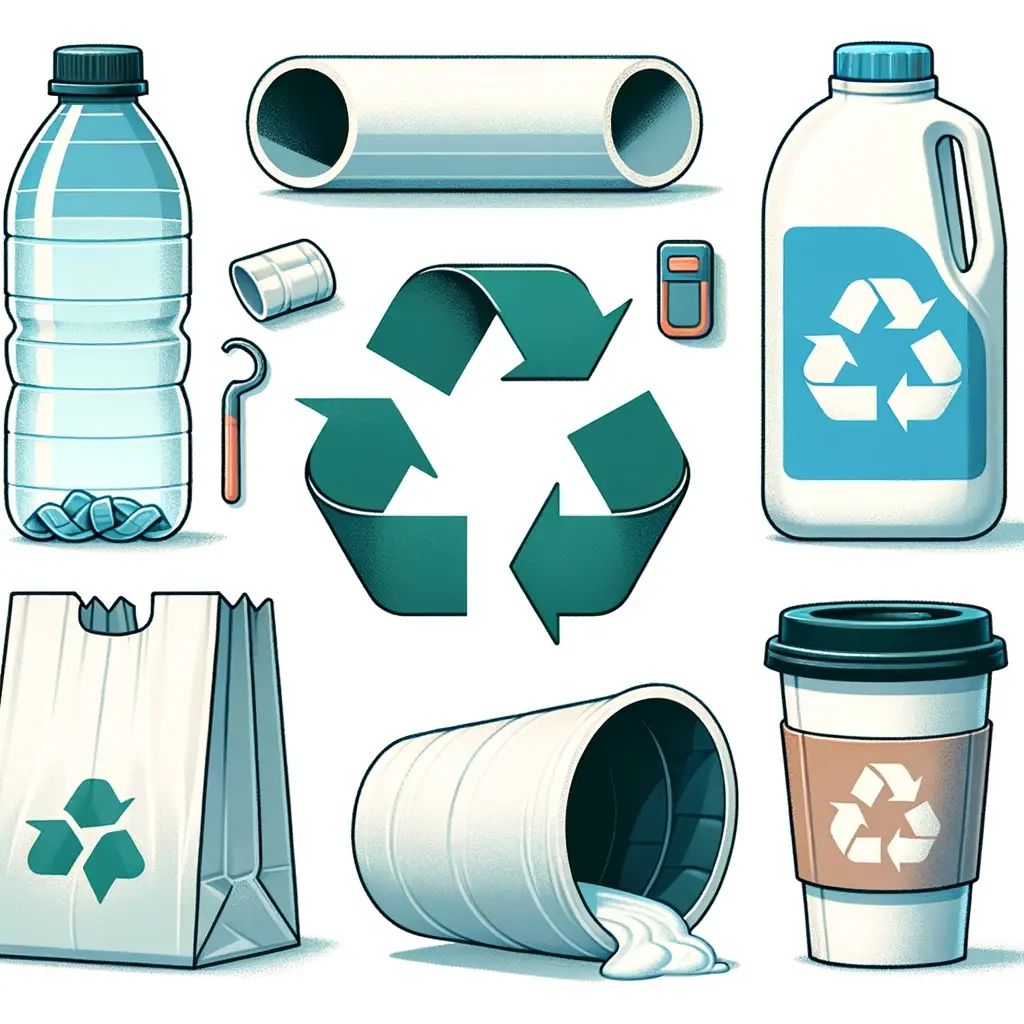プラスチックは、軽量、手頃な価格、製造の容易さで人気があり、現代生活に欠かせない素材です。しかし、さまざまな種類のプラスチックが存在するため、それらを分類する必要があります。プラスチックの分類は、化学構造、原料、処理方法、用途など、いくつかの異なる基準に基づいて行うことができます。
リサイクルの観点から見ると、プラスチックは次のグループに分類されます。

PET または PETE (ポリエチレンテレフタレート):
ポリエチレンテレフタレート(PET または PETE とも呼ばれる)は、特に包装業界で広く使用されているプラスチックの一種です。透明で強度があり、消耗品を入れるのに安全であることから、さまざまな飲料ボトルや食品容器の主力素材です。PET はリサイクルに非常に適しており、効率的に加工してさまざまな製品に再利用できます。リサイクルされた PET は繊維に変身し、衣類やカーペットなどの繊維産業で使用され、その汎用性が実証されています。また、食品や飲料の新しい容器に作り変えられることもよくあり、包装材料の持続可能なサイクルにおいて重要な役割を果たしています。このリサイクルと再利用の能力は、環境廃棄物の削減と材料使用におけるより循環的な経済の促進に対する PET の貢献を強調しています。


HDPE または PEHD (高密度ポリエチレン)
高密度ポリエチレンは、しばしば HDPE または PEHD と略され、その強度、耐久性、汎用性で知られるプラスチックの一種です。家庭用容器から工業製品まで、さまざまな用途で広く使用されています。HDPE は、牛乳瓶、洗濯洗剤容器、エンジン オイル ボトルなどの製品に最適な素材です。これは、その強力な耐薬品性、高温への耐性、不浸透性によるものです。
HDPE は耐久性があるだけでなく軽量なので、理想的な梱包材です。また、最もリサイクルされているプラスチックの 1 つでもあり、持続可能性の証明でもあります。リサイクルされた HDPE は、新しい容器、屋外デッキ用のプラスチック製木材、パイプ、さらには子供のおもちゃに再利用できます。このリサイクル性は、環境廃棄物の削減と、プラスチックの使用に対するより持続可能なアプローチの促進に役立ちます。
HDPE の広範な使用とリサイクルは、機能的な材料要件と環境への配慮との間のバランスを示しており、効果的に管理すればプラスチックがいかに実用的かつ環境に優しいものになるかを実証しています。
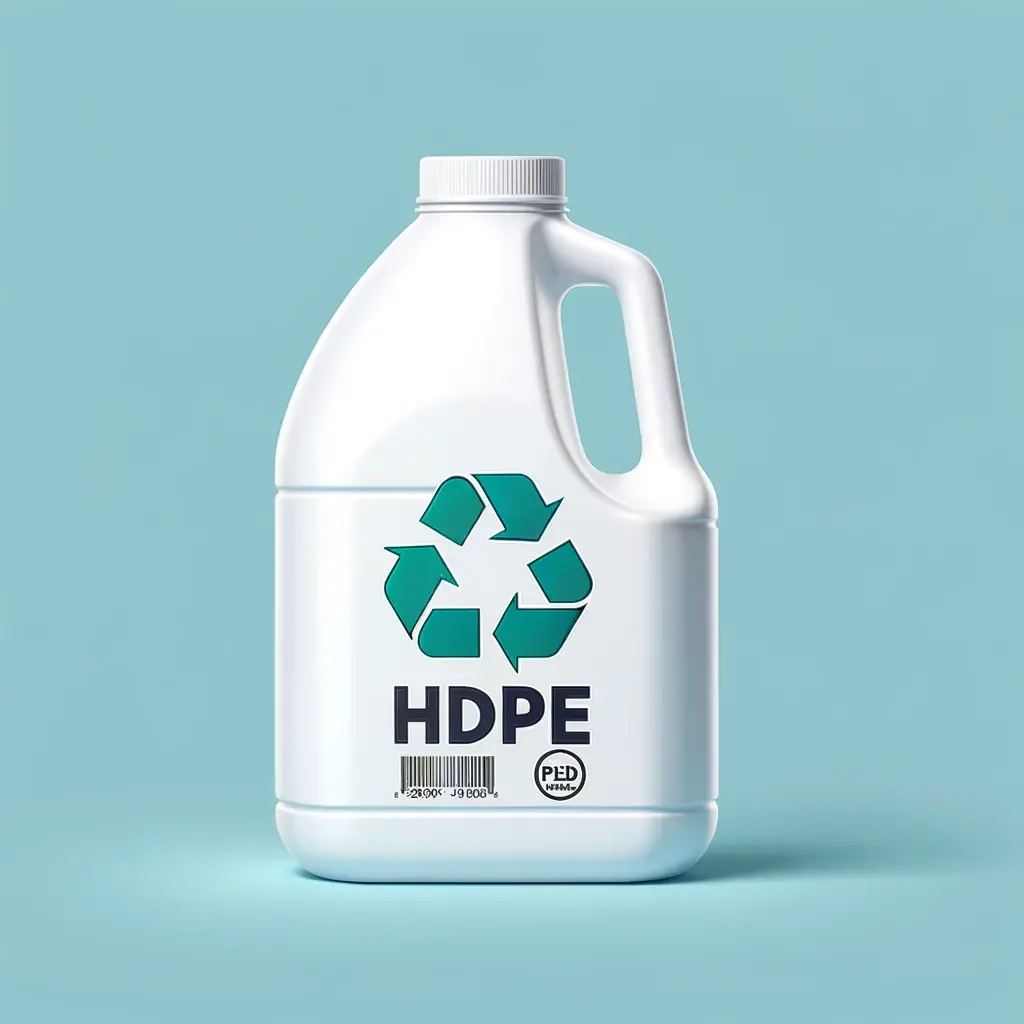

PVC(ポリ塩化ビニル)
ポリ塩化ビニルは、一般に PVC として知られ、広く使用されている合成プラスチックポリマーです。ポリエチレン (PE) とポリプロピレン (PP) に次いで 3 番目に多く生産されているプラスチックです。PVC は耐久性、汎用性、耐薬品性に優れていることで知られており、幅広い用途に適しています。
PVC には 2 つの基本的な形式があります。
- 硬質PVC: この形態の PVC は建築に使用され、その強度と剛性で知られています。パイプ、ドア、窓、デッキによく使用されます。耐久性と耐候性があるため、硬質 PVC は建築用途に最適な素材です。
- フレキシブルPVC: PVC に可塑剤を加えると、柔軟性が増します。この形態の PVC は、配管、電気ケーブルの絶縁材、合成皮革、標識、インフレータブル製品、およびゴムのような柔軟性が求められるさまざまな用途に使用されます。
PVC は、他の材料と混合して望ましい特性を実現できるため、医療機器やチューブなどのヘルスケア分野、また衣類やアクセサリーなどの日用品にも使用されています。
PVC は非常に有用ですが、そのリサイクルと環境への影響が懸念されています。PVC のリサイクルは、成分に塩素が含まれているため、他のプラスチックよりも簡単ではありません。しかし、PVC の持続可能性プロファイルの向上を目指すヨーロッパの VinylPlus などのイニシアチブを通じて、PVC のリサイクル方法を改善し、環境への影響を減らす努力が行われています。
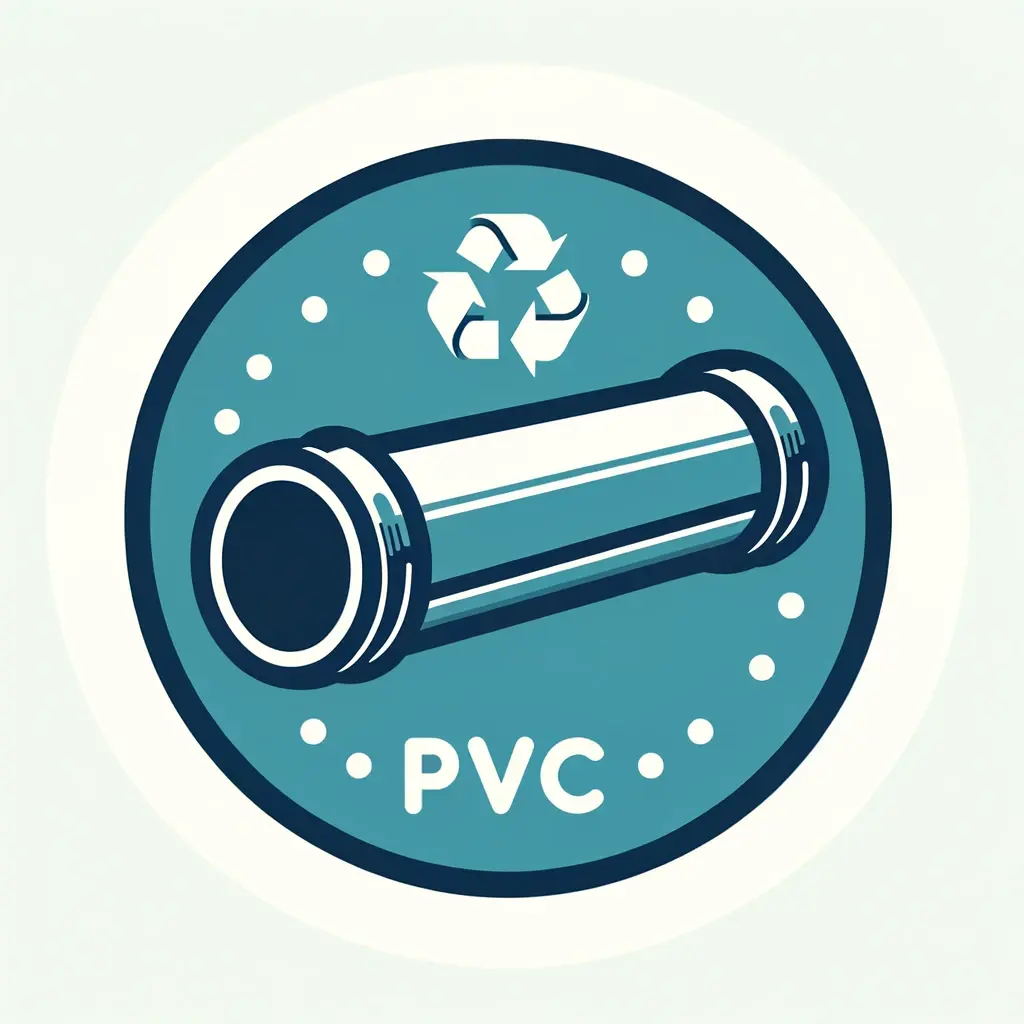

LDPE または PEBD (低密度ポリエチレン)
低密度ポリエチレンは、一般に LDPE または PEBD (フランス語で Polyéthylène Basse Densité) と呼ばれ、広く使用されている熱可塑性プラスチックの一種です。柔軟性、柔らかさ、比較的透明性が高く、さまざまな用途に適しています。
LDPE に関する重要なポイントは次のとおりです。
- アプリケーション: LDPE は、食料品、ドライクリーニング、パン、冷凍食品、ゴミなどのビニール袋などの包装材料によく使用されます。柔軟性があるため、マスタードやハチミツなどのスクイーズボトルにも最適です。さらに、LDPE は紙製の牛乳パックやホット/コールド飲料カップのコーティングにも使用されます。
- プロパティ: LDPE は、HDPE (高密度ポリエチレン) に比べて密度と融点が低く、剛性が低く、一般的に耐薬品性も劣りますが、延性が高いため、柔軟性が求められる製品に適した素材です。
- リサイクルと環境への影響: LDPE はリサイクル可能ですが、PET や HDPE などの他のプラスチックほど一般的にはリサイクルされていません。リサイクルされた LDPE は、新しいビニール袋、コンポスト容器、パネル、家具、床タイル、配送用封筒の製造に使用されます。
- 製造LDPE は、原油と天然ガスの誘導体であるエチレンを高圧下で重合して作られます。
- 安全性他の種類のポリエチレンと同様に、LDPE は食品との接触に対して安全であると考えられており、食品の包装によく使用されます。
LDPE は柔軟性と耐久性を兼ね備えているため、特に包装や容器の用途で広く使用されている素材です。しかし、LDPE 製品を含む使い捨てプラスチックの環境への影響は懸念が高まっており、リサイクル率の向上や、プラスチックの使用と廃棄に対するより持続可能なアプローチの開発に向けた取り組みが進められています。
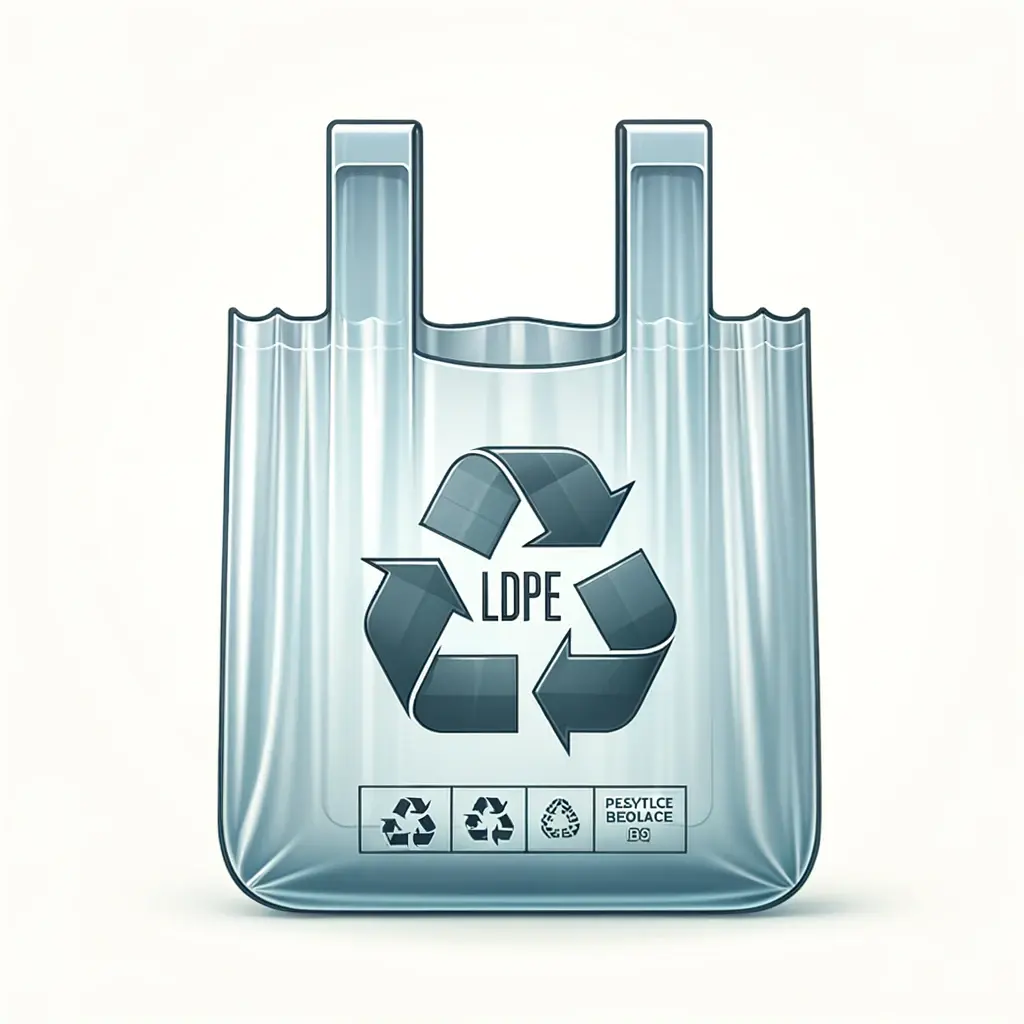

PP(ポリプロピレン)
ポリプロピレン (PP) は、さまざまな日用品によく使用される、耐久性と柔軟性に優れたプラスチックです。耐熱性があることで知られており、食品容器や電子レンジ用食器に最適です。PP は医療機器、自動車部品、梱包材、一部の繊維にも使用されています。リサイクル可能な素材で、リサイクル シンボル番号 5 が付いていることがよくあります。PP は耐薬品性と耐摩耗性があるため、幅広い用途に適していますが、他のプラスチックと同様に、環境への影響が懸念されています。
- 食品容器: 食品を保存するためのタッパーウェアやその他の再利用可能なプラスチック容器。
- 医療機器: 注射器、薬瓶、各種医療機器。
- 自動車部品: バンパー、自動車バッテリーケース、内装トリム。
- 包装資材: 包装用テープ、バンド、各種ラッピング。
- 消費財: 芝生の椅子、プラスチック製の食器、調理器具。
- 繊維: 特定のカーペット、ラグ、室内装飾用の布地。
- ボトル: シャンプーボトル、洗濯洗剤、掃除用品の容器。
- 子ども用おもちゃ: 耐久性のあるプラスチック製のおもちゃと遊具。
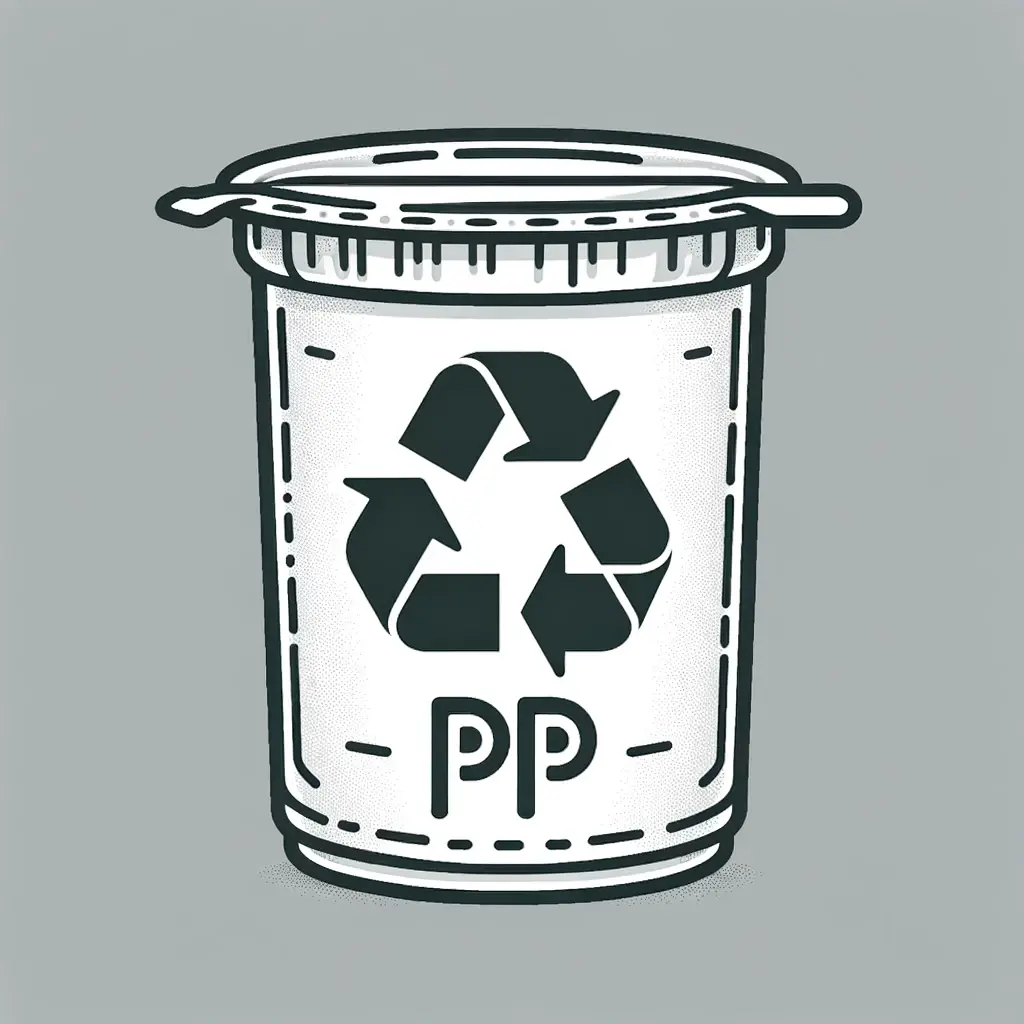

PS(ポリスチレン)
ポリスチレン (PS) は、モノマーであるスチレンから作られる合成芳香族炭化水素ポリマーです。軽量で絶縁性があり、さまざまな形状に成形できるため、さまざまな用途に使用できる多用途プラスチックです。ポリスチレンの一般的な用途は次のとおりです。
- 食品サービス製品PS は、使い捨てのカトラリー、プラスチックカップ、卵パックやテイクアウト用の箱などの発泡スチロール製の食品容器によく使用されます。
- 包装資材: ポリスチレンフォームはクッション性があるため、電子機器、家電製品、その他の壊れやすい品物の梱包によく使用されます。
- 建築・建設: 発泡ボードや硬質パネルの形で断熱材として使用されます。
- 消費財多くのおもちゃ、家電製品、化粧品ケースはPSから作られています。
- 医療用途: 医療現場におけるペトリ皿、試験管、診断用部品には、その透明性と無菌性から PS がよく使用されます。
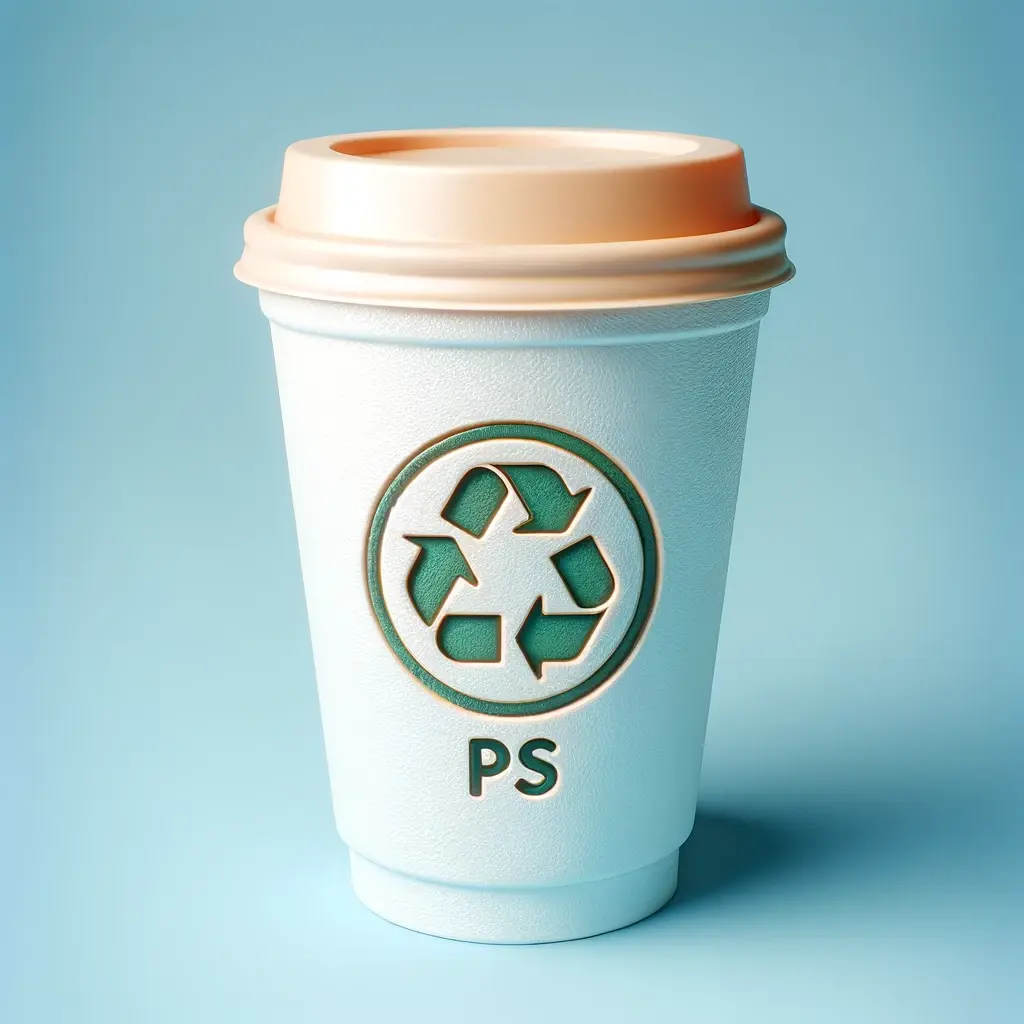
プラスチックの種類ごとにリサイクル シンボル (通常は矢印の付いた三角形で、中央に数字が入っています) があり、適切な廃棄とリサイクルを行うために役立ちます。プラスチックを認識し、適切に分類することで、廃棄物管理の効率化と環境への影響の軽減につながります。



